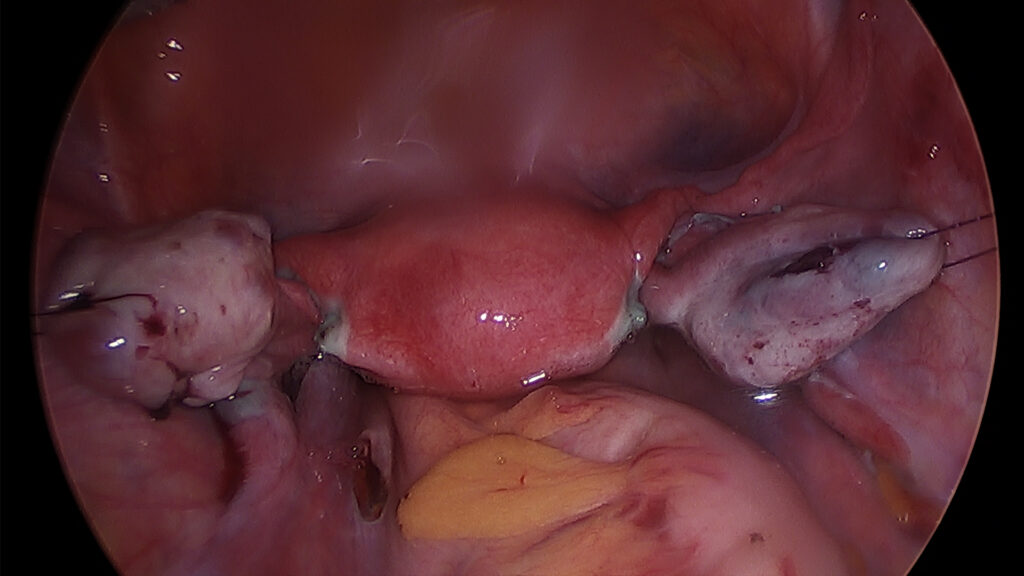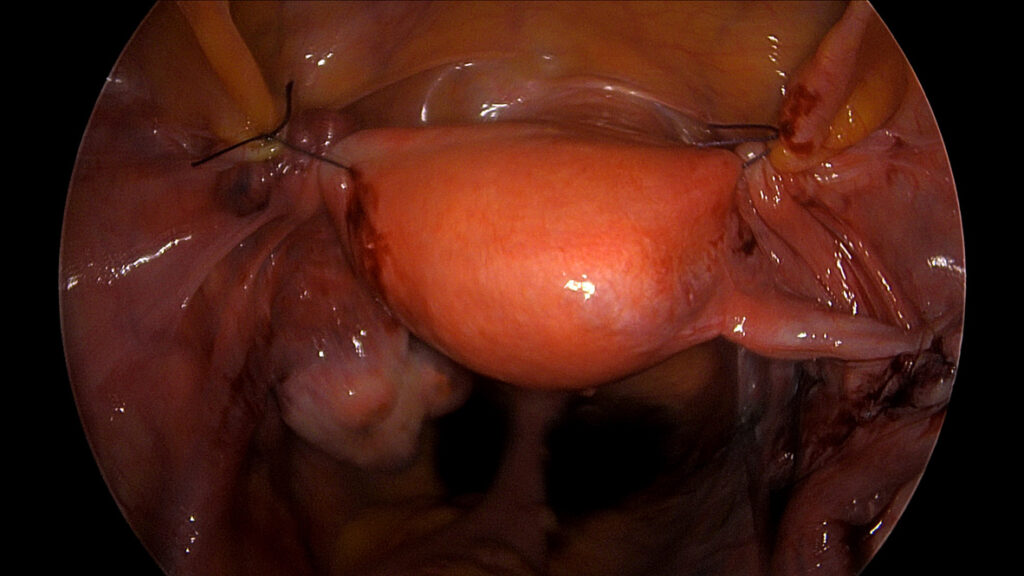Restorative pelvic anatomy surgery
In cases of pelvic pain or infertility, restoration of pelvic anatomy is paramount. Without properly examining and restoring the anatomy ovarian and tubal dysfunction may be present.
Infertility can be caused by multiple issues but one of the most common is endometriosis. Endometriosis is estimated to affect approximately 50% of women with unexplained infertility. For many patients, they may spend years going through expensive fertility treatments without ever receiving an explanation.
The heartache, turmoil, and stress these patients and loved ones go through is compounded over many years. Many times they have symptoms of endometriosis but may push their symptoms aside as their main focus is having a baby. Our specialists know this feeling first hand having been through several years of infertility treatments and much loss before she was able to have her miracle baby. She is no stranger to the thousands of injections, hormonal surges, weight gain, hiding tears while working, and receiving quick “terrible news” phone calls from fertility clinics. It is no coincidence that she joined Dr Tamer Seckin after her own success story with combined endometriosis surgery and IVF. After many surgeries and many failed fertility treatments she is extremely passionate to give all patients the knowledge and help moving forward on their own fertility path.
Endometriosis is one disease that can wreak havoc on pelvic anatomy. The disease often starts with small peritoneal lesions which may overly nerves, important structures like the ureter or passage from kidney to bladder, or blood vessels. It can cause dense fibrotic adhesions between bowel/intestines and reproductive structures. Dense scarring around or involving the ovaries and fallopian tubes can contribute to poor tubal transport, poor egg pick up or poor implantation. This disease causes widespread inflammation with honing for inflammatory cells and promoters targeting the area. Patients often have elevated serum markers for inflammation.
The ultimate goal with surgical exploration and restoration of anatomy is optimizing future fertility attempts and removing abnormal disease areas, fibrosis and inflammatory lesions.
For patients with repeat implantation failure or difficult transfers the uterine angle can be optimized to anteverted or midline position to ensure easier transfer. Retroverted or tilted backward uterus can cause difficult transfers and painful intercourse as well as painful sonograms.

